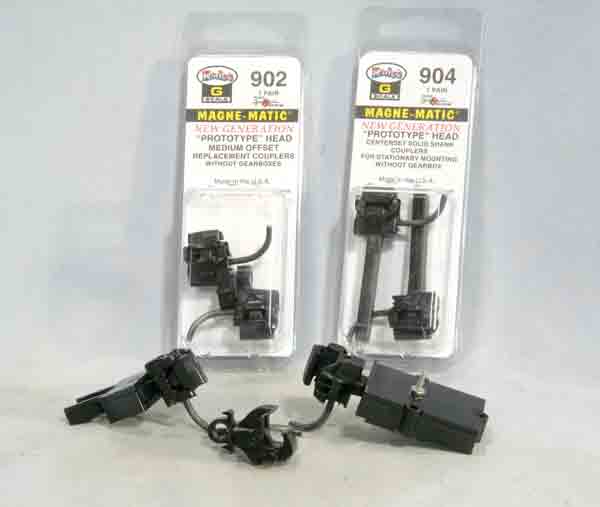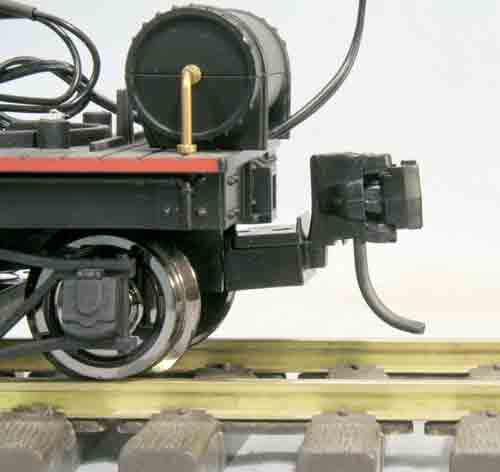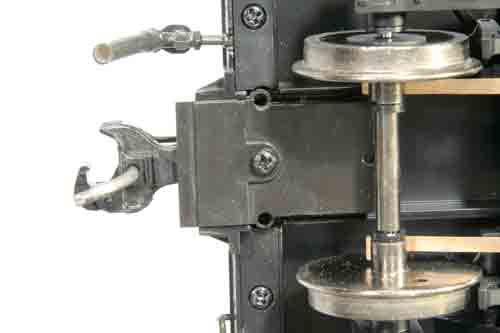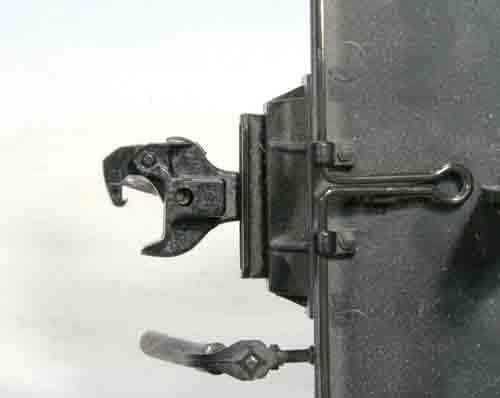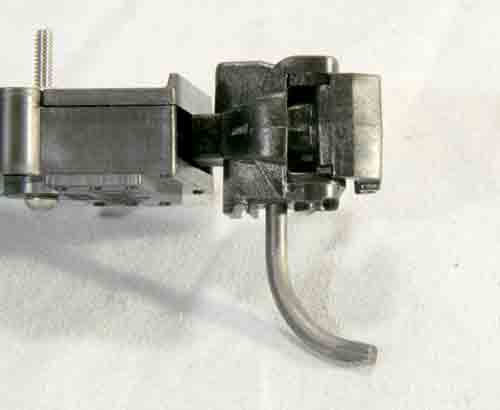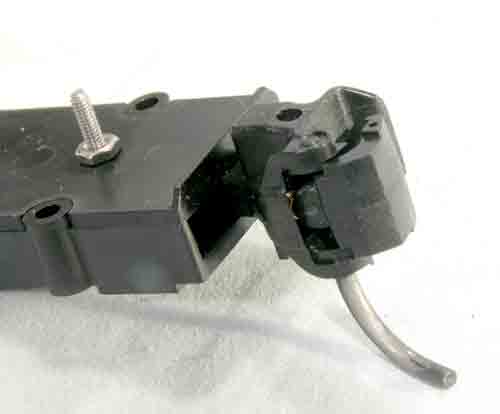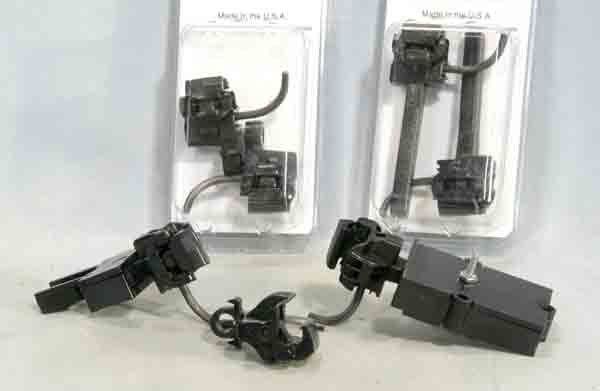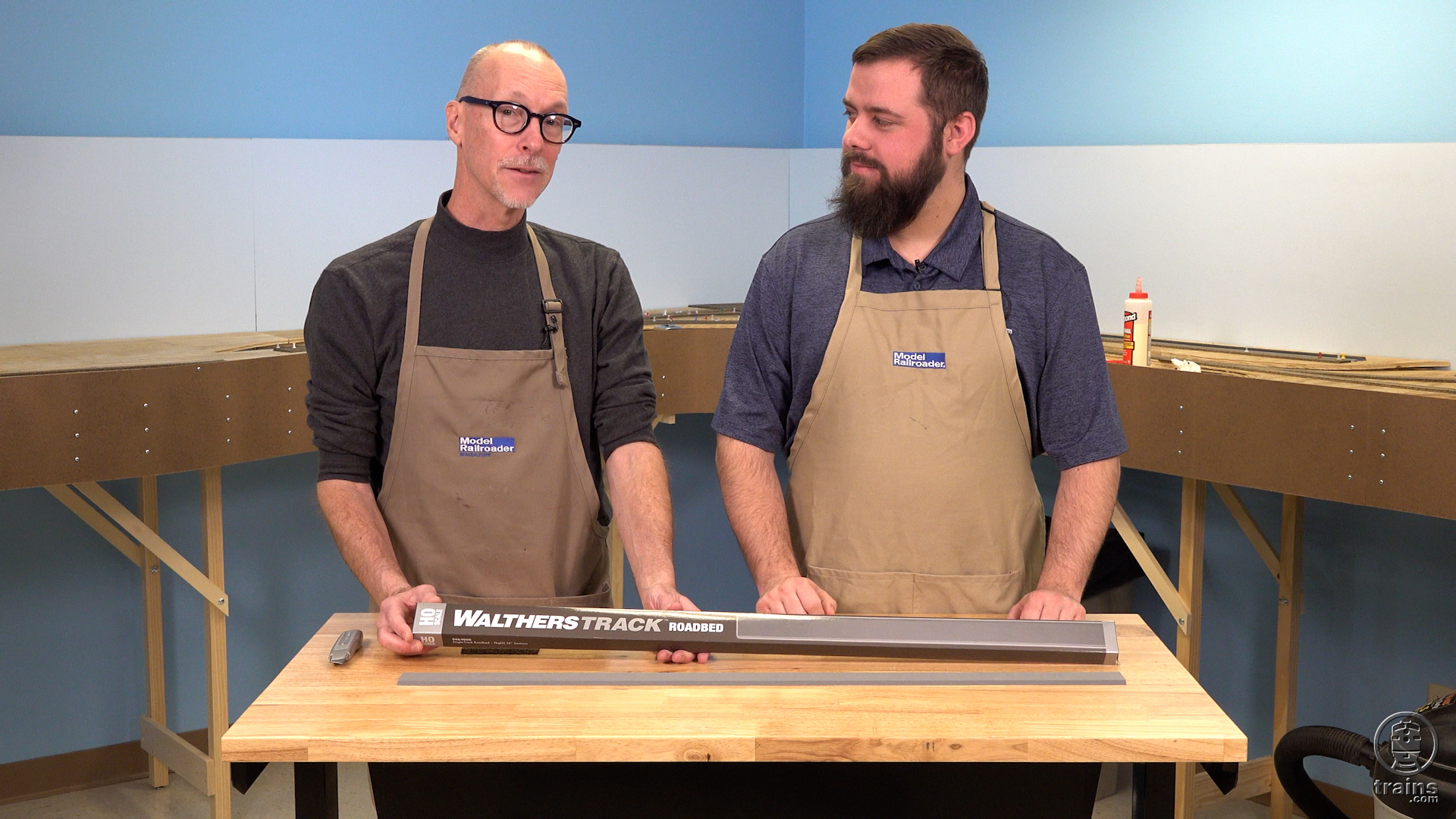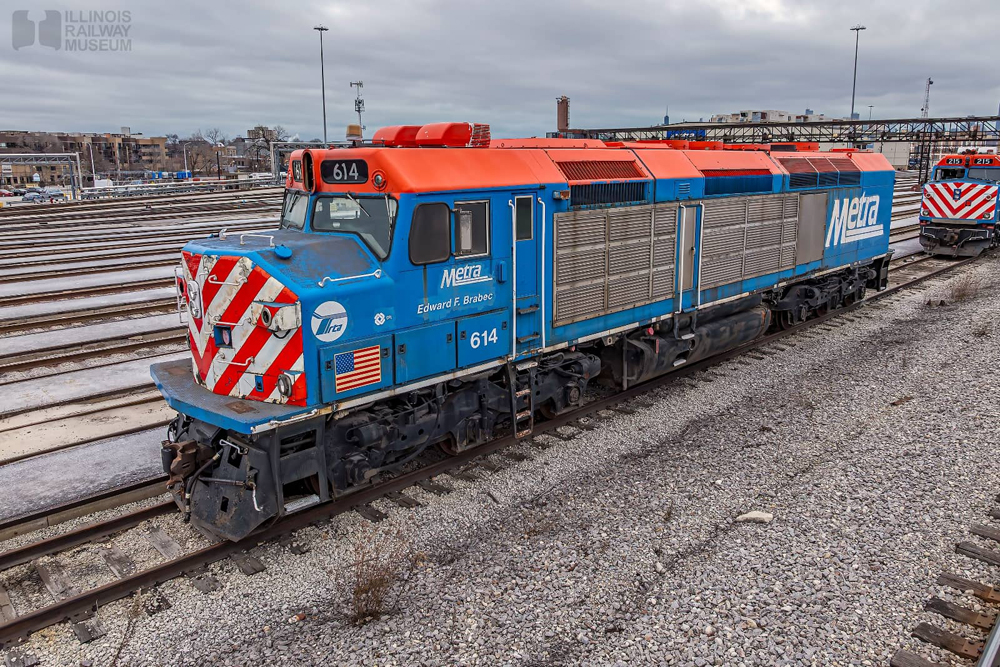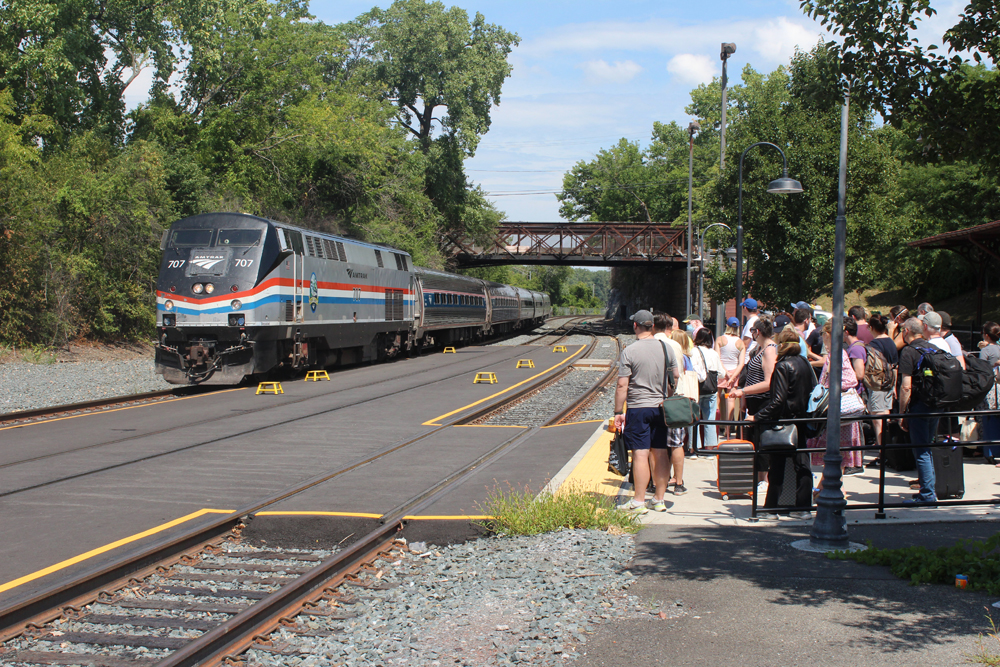Kadee “G scale, prototypical head”
coupler
Kadee Quality Products
673 Avenue C
White City OR 97503
Web site: www.kadee.com
Price: $6.25 to $6.95 per pair
Plastic, automatic coupler replacement; scale, 1:22.5; draft-gear box not included
Pros: Prototypical appearance; automatic functionality via trip pin; sturdy construction
Cons: None
Fear not, spring-o-phobic friends. Kadee has a new “G scale” prototypical coupler that hides this spring inside the coupler body. The new coupler is based on the AAR type “E” coupler, whose roots go back to golden age of steam railroading. It matches the prototype well and, speaking as someone who’s used Kadees for 25+ years, is a welcome improvement to a coupler with proven reliability.
Operationally, the coupler works identically to the original. The knuckle doesn’t work exactly prototypically; rather, it pivots on a steel trip pin that hangs below the coupler. (This is designed to look something like an air hose.) The idea is that you spot the car over an uncoupling magnet placed between the rails, and the magnet pulls the steel pins on opposing couplers to opposite sides, opening the couplers. It’s effective, and probably the most common method of uncoupling in the smaller scales. The coupler’s automatic features aren’t so well taken advantage of in the garden, but the functionality exists and works well.
For those who prefer to uncouple manually, a flat screwdriver inserted between the couplers, then twisted, also does a solid job of uncoupling. If you don’t anticipate doing any automatic switching, you can cut off the trip pin. In my opinion, this enhances the appearance even more.
Right now, the coupler is available solely as a replacement so, if you’re looking to adopt these as new couplers, know that you’ll have to buy the matching draft-gear box as well. The coupler comes on five different shanks; #900, the original long shank, which drops into the standard #830 coupler box (which is identical to the coupler boxes Bachmann uses on their 1:20.3 equipment, so that saves you the trouble of buying a new box for those pieces of equipment); three short-shank versions (nos. 901-903) to fit their truck-mounted coupler boxes; and the short, body-mounted #835 coupler boxes. New to the line is a simple, straight-shank coupler (#904) for custom installations, such as the front pilot of a locomotive.
Operationally, these new couplers are every bit as reliable as the older-generation Kadees, and they’re fully compatible with them. On my bench tests, they proved quite strong and capable of handling a good, long train (with the normal caveats about making sure your track is even, the couplers are mounted at the same height, and all that stuff). There’s a very slight taper on the tip of the knuckle that may, under certain circumstances, facilitate one coupler riding up over the other. That’s really only an issue on truck-mounted installations, where the mount has more flexibility than a body mount.
In terms of compatibility, these play well with others. They’ll couple to the smaller, #1-scale Kadees as well, though the automatic uncoupling may not work all of the time due to the size mis-match. More importantly, these new couplers are compatible with the Accucraft 1:20.3 coupler as well as Bachmann’s coupler (mounted in the high position, as on their latest rolling stock). They couple solidly enough that they’ll drop the catch pin on the Accucraft/Bachmann couplers almost all the time.
These couplers are an appropriate scale size in 1:24, 1:22.5, and 1:20.3 scales on railroads that used a full-sized coupler. (Trains in this scale range, running on 45mm track, are based on narrow-gauge prototypes, and some prototype, narrow-gauge lines used a smaller, “three quarter” size coupler). If you’re going to install it on 1:32- or 1:29-scale equipment, the coupler will be proportionally oversized. Still, many modelers prefer to use the oversized coupler because it helps compensate for uneven trackwork.
Kadee plans to eventually release a similarly redesigned coupler for its #1-scale line, which is more in scale with the 1:32 and 1:29 equipment.
Overall, I think this is a fantastic improvement to the aesthetics of the Kadee coupler. While it’s always looked acceptable in the past, it’s now decidedly got that “heft” to it that was missing. That, and its compatibility with other manufacturers’ couplers, makes this a solid choice for a third-party coupler to use as a standard for your railroad-a role that Kadee plays well in many scales.





